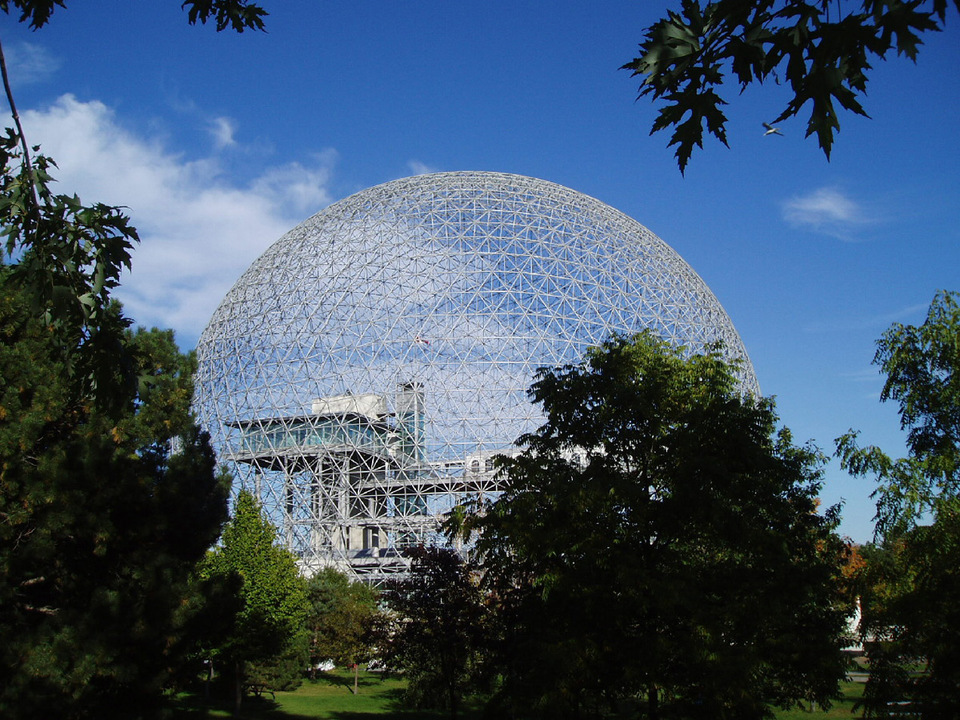Fullerene doodle
 Word on the street is that today's Google Doodle features an interactive truncated icosahedron in recognition of the 25th(.) anniversary of the discovery of the buckminsterfullerene (and, by extension, of fullerenes, nanotubes, &c. in general).
Word on the street is that today's Google Doodle features an interactive truncated icosahedron in recognition of the 25th(.) anniversary of the discovery of the buckminsterfullerene (and, by extension, of fullerenes, nanotubes, &c. in general).
I normally don't actually pay attention to doodles—I find them rather played out at this point, and with the rise of integrated browser search fields, who even goes to Google's home page anymore. But it is worth noting that—according to sources who follow these things more closely than I do—this is ostensibly only Google's second "interactive" doodle, after this past spring's Pac-Man episode. THIS IS NOT AS INTERESTING AS PAC-MAN, but it's presumably indicative of the moral and intellectual gravity they assign to the discovery of fullerenes that they would consider the event worthy of such rarified and exotic treatment. The spinning of the fullerene here is not merely meant to amuse us for half a second, but rather to instill in us an understanding that the event being commemorated is, on balance, probably more important than, you know, the Australian federal election, or Chinese Valentine's Day, or what have you.

